Mary Austin (1868-1934), Land of Little Rain, 1903.
"The palpable sense of mystery in the desert air breeds fables, chiefly of lost treasure."
(p.7)
A primary document of natural history for this is an ecological portrait of the Owen’s Valley, California, and her importance
lies in:
1. Examining the biological transformation of the Owen’s Valley before it was sequestered for municipal water needs during the "age of conservation."
2. The role of women in the settlement, descriptions, and protection of the west.
3. The examination of how people embody landscape, water, and climate that influence and are influenced by the original and subsequent settlers in the high desert, of eastern California.
(pp. 7-8).
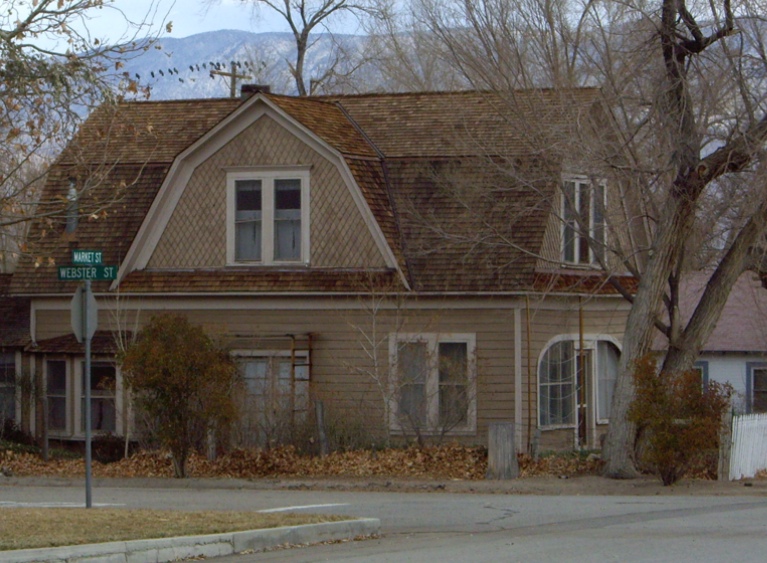
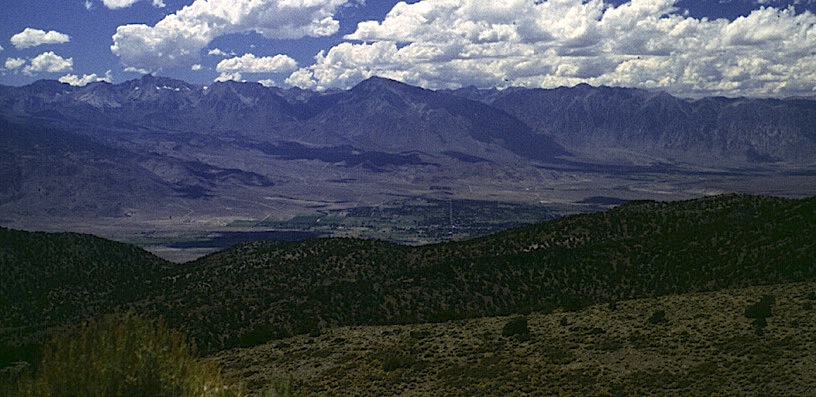
Mary Austin's home in Independence, –the Owen's Valley– California is pictured on the left; at right a view of Bishop, California.
Interpret a
chapter from Land of Little Rain and
explain a complex concept that she conveys and how she clearly describes that
idea by examining the structure of the chapter.
I. Background: Agricultural reclamation versus distant
urban development
The natural legacy
of what was there; the native features of the valley landscapes.
| The natural
conditions of the terrain before the diversion was high altitude desert watered
from snow melt in the spring and summer. Owen’s Valley land was bought up in
small parcels–piecemeal over time–and surreptitiously by the Los Angles Department of water and power [LADWP] ; the
largest publicly owned, municipal utility in the United States authorized to generate
electricity and provide low cost water to consumers in the city.
|
|
| Fred Eaton
visited the Owens Valley in 1905 and began to purchase land for the City of Los
Angeles. He gave the impression that he was working for the US Reclamation
Service on a public irrigation project, angering local residents when they
discovered he was buying land and water rights for Los Angeles.
|
 |
| (William
Mulholland pictured above, director LADWP, 1913.)
|
|
The scheme to bring water 300 miles from the eastern Sierra Nevada Mountains to southern California was the plan of William Mulholland a hydrological engineer. After securing the land and water rights, the Board of Water Commissioners needed to obtain the money from Los Angeles residents, and legal rights from the Federal Government, to construct an aqueduct. A bond measure to pay for the construction passed in Los Angeles by a 10 to 1 margin.
After much
debate in the House of Representatives, President Theodore Roosevelt decided
that –despite the Bureau of Reclamation's plans for an agrarian irrigation project in the Owen's Valley, that the City of Los Angeles should have the rights to the Owens River water, based in part on their Municipal Water and Power Department's purchases of that land with riparian rights.
Somewhere | What | Mary | Where | When | How | Seyavi | Verity | the River
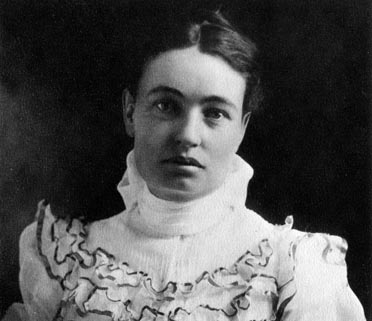 Mary
Austin's "This is the nature
of the country. ...hills... squeezed up out of chaos, painted vermillion…."
Mary
Austin's "This is the nature
of the country. ...hills... squeezed up out of chaos, painted vermillion…."
1.
"One finds butterflies, too, about these high, sharp regions which might be called desolate, but will not by me who love them."
78.
"The seasons end in the vast dim valley of the San Joaquin is palpitatingly hot, and the air breathes like cotton wool."
"The increase of wild creatures is in proportion to the things they feed upon; the more carrion, the more buzzards."
17
II. Where “East
of Yosemite” (Preface)
Sierra Nevada Mountains White
Mountains Death
Valley
Water originates from the mountains and the
long valley caldera.
 1) The Owens Valley, “East away from the
Sierras, south from Panamint and Amorgos, east and south many an uncounted
mile.”
1) The Owens Valley, “East away from the
Sierras, south from Panamint and Amorgos, east and south many an uncounted
mile.”
III. Begins how?
2-4) The
country of lost borders . . . This is the country of three seasons . . .
.extreme aridity and extreme altitude . . . . squeezed up out of chaos, … full of intolerable sun glare.
. . the sculpture of the hills here is more wind than water work…The desert
floras shame us with their cheerful adaptations to the seasonal
limitations."
3) “The
angle of the slope, the frontage of a hill, the structure of the soil
determines the plant."
Somewhere | What | Mary | Where | When | How | Seyavi | Verity | the River
"Void of life it never is, however dry the soil and villainous the soil."
"This is the nature of that country."
p. 1
"where the mountains are steep and the rains are heavy, the pool is never quite dry, but dark and bitter, rimmed about with the efflorescence of alkaline deposits."
"For all the toil that the desert takes of a man, it gives compensations, deep breaths, deep sleep and the communion of the stars. It comes upon one with new force in the pauses of the night. . . ."
"It is hard to escape a sense of mastery as the stars move in the wide clear heavens . . . "
p. 17.
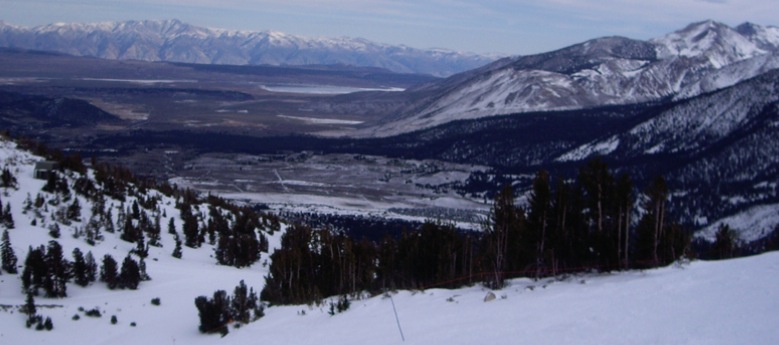
"To understand the fashion of any life,
one must know the land that it is lived in, and the procession of the year.
This valley is a narrow one, a mere trough between hills...."
p. 61, The
Basket Maker
"Sayavi's baskets had a touch beyond
cleverness. The weaver and the warp lived next to the earth and were saturated
with the same elements."
(88 edition), p. 62.
"Desert, . . . to indicate a land that
supports no man; whether the land can be bitted and broken to that purpose is
not proven.”
5) “…know
that the desert begins with creosote.” [Vegetation signals the aridity]
 “Nothing the desert produces expresses it
better than the unhappy growth of the tree yuccas. . . bristles with bayonet-pointed
leaves.”
“Nothing the desert produces expresses it
better than the unhappy growth of the tree yuccas. . . bristles with bayonet-pointed
leaves.”
"Tormented,
thin forests of it stalk drearily in the high mesas . . . . makes the moonlight fearful."
p. (88 edition), 4.
“underground.”
"Around
dry lakes and marshes the herbage preserves a set and orderly arrangement. Most
species have well-defined areas of growth, the best index the voiceless land
can give the traveler of his whereabouts."
pp. (88 edition), 3-4.
8) “For all
the toll the desert takes of a person it gives compensation deep breaths, deep
sleep, and the communion of the stars.”
21-22) The flash flood of the Pocket hunter on
Black Mountain
25)
“lip-lapping of the great tideless lake– one comes to the country of the
painted hills. Shoshone land – the blue hued ceonothus and Manzanita
cloaked hills
25) Country
of the big horn sheep, wapiti (elk) and wolves.
Coyotes,
tules, Mesquite and bunch grass (native / original to California) grows where
there is underground water.
the coyote
is the key to finding hidden water in the high and low deserts.
Somewhere | What | Mary | Where | When | How | Seyavi | Verity | the River
1903, after
the mining boom (1849-1859) and prior to the removal of the water to Los
Angeles in 1913, and two years after Theodore Roosevelt had become President.
VI. Where?
Between Bishop and Lone Pine (Lone Pine, elevation 3,700 feet) is
high mountain valley with among the sharpest relief stretches in the western
US, along a thrust fault that raised Mount Whitney to 14,494 feet and the
eastern Sierras sharp vertical walls.
http://www.trails.com/topo.aspx?trailid=HGU060-005
9) Water
trails of the Ceriso, CaĖons
"It seems that man-height is the least fortunate of all heights from which to study trails."
Afoot in the ceriso one looks in vain for any sign of it. So all the paths that wild creatures use going down to the Lone Tree Spring are mapped out whitely from this level, which is also the level of the hawks."
pp .9-10
"rabbits are foolish people,"
p. 12.
37) Irrigation ditches and
“A mile up from the water gate that turns the creek
into supply pipes for the town begins a row of long leaved pines….”
Somewhere | What | Mary | Where | When | How | Seyavi | Verity | the River
She tells us
stories of people –like the vegetation— who are remnants of the land's
power to transform, hold, and nourish its true residents.
“No man can
be stronger than his destiny.”
p. 24.
“Somehow the rawness of the land favors the
sense of a personal relation to the supernatural. There is not much
intervention of crops, cities, clothes, and manners between you and the
organizing forces,”
P. 34.
“Curiously
all this human occupancy of greed and mischief left no mark on the field.”
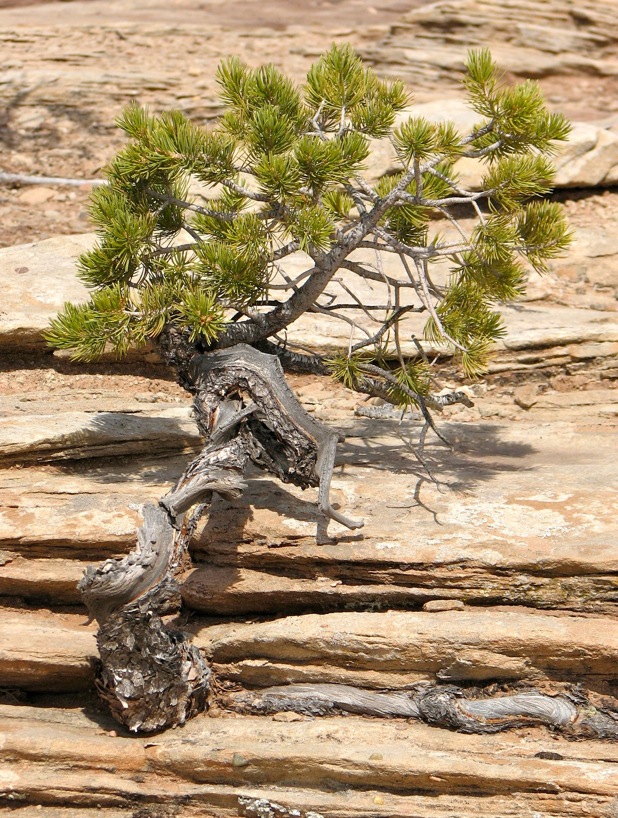
“It
is interesting to watch this retaking of old ground by the wild plant, banished
by human use.”
The
willow and brown birch, have come back to the streamside, tender and virginal
in the spring greenness, and leaving long stretches of the brown water open to
the sky.”
pp. 36-37.
Somewhere | What | Mary | Where | When | How | Seyavi | Verity | the River
"To understand the fashion of any life,
one must know the land it is lived in and the procession of the year."
p. 45 | 88
edition, p 61.
"This valley is a narrow one, a mere
trough between hills, a draught for storms, hardly a crows flight from the
sharp Sierras of the Snows to the curried , red and ochre, uncomforted bare
ribs of Waban. Midway of the groove runs a burrowing, dull river, nearly a
hundred miles from where it cuts the lava flats of the north its widening in a
thick, tideless pool of a lake. Hereabouts the ranges have no foothills, but rise
up steeply from the bench lands above the river. Down from the Sierras, for the
east ranges have almost no rain, pour glancing white floods toward the lowest
land, and all beside them lie the campoodies, brown wattled brush heaps,
looking east."
pp. 61-62.
Somewhere | What | Mary | Where | When | How | Seyavi | Verity | the River
An
Owen's River description before the diversion of water south:
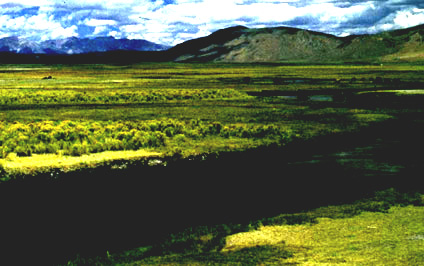 "In the river are mussels, and reeds that have
edible white roots, and in the soddy meadows tubers of joint grass; all these
at their best in the Spring."
"In the river are mussels, and reeds that have
edible white roots, and in the soddy meadows tubers of joint grass; all these
at their best in the Spring."
62.
Indian removal
"This
influx of overloading whites, had made game wilder and hunters fearful of being
hunted"
"You
can surmise also, for it was a crude time and the land was raw, that the women
became in turn the game of the conquerors."
62.
Paiutes have the art of reducing life to its
lowest ebb and yet saving it alive on grasshoppers, lizards, and strange herbs;
and that time must have left no shift untried."
p. (88 edition), 62.
Somewhere | What | Mary | Where | When | How | Seyavi | Verity | the River
 "All the streets of the mountains lead
to the citadel; steep or slow they go up to the core of the hills."
"All the streets of the mountains lead
to the citadel; steep or slow they go up to the core of the hills."
p. (88 edition), 69.
"Whatever goes up or comes down the
streets of the mountains, water has the right of way; it takes the lowest
ground and the shortest passage."
p. (88 edition), 71.
Who will say what another will find most to his liking in
the streets of the mountains?
“once
set above the country of the silver firs (higher elevation), I must go on until
I find white columbine. . . (rock
flower)
“One must learn to spare a little of the pang
of inexpressible beauty.”
p. 53. p. (88 edition), 73.
"It is astonishing the trouble men will be at to find out when to plant potatoes, and gloze over the eternal meaning of the skies. You have to beat out for yourself many mornings on the windy headlands the sense of the fact that you get the same rainbow in the clouds drift over Waban and the spray of your garden hose."
Mary Austin, Land of Little Rain. New York: Dover, 1903.
Gloze, to make excuses for
Arroyo, a dry wash or steep sided canyon that floods in the wet season.
U.S. Forest Service Visitor Center, Independence, California
